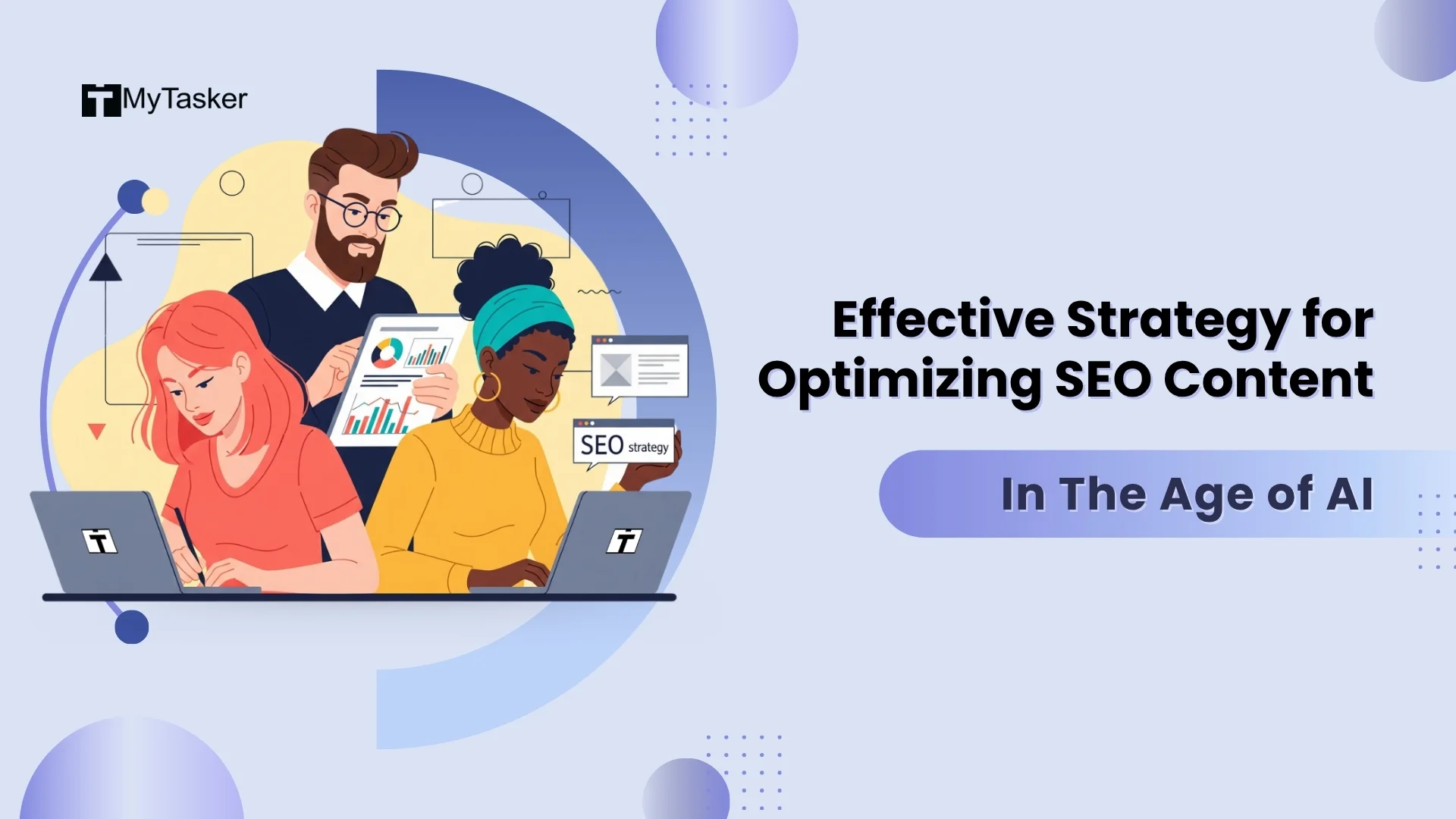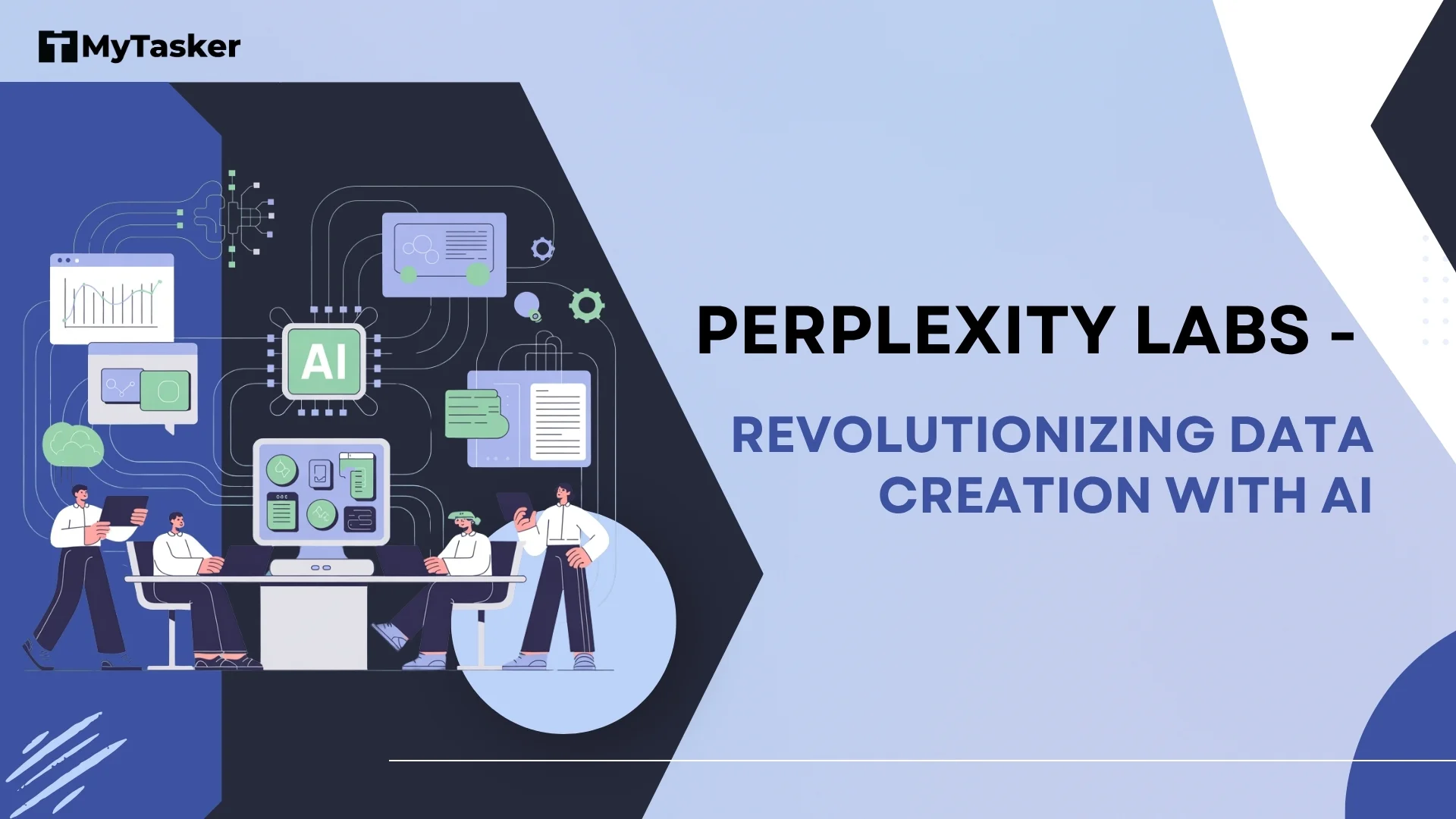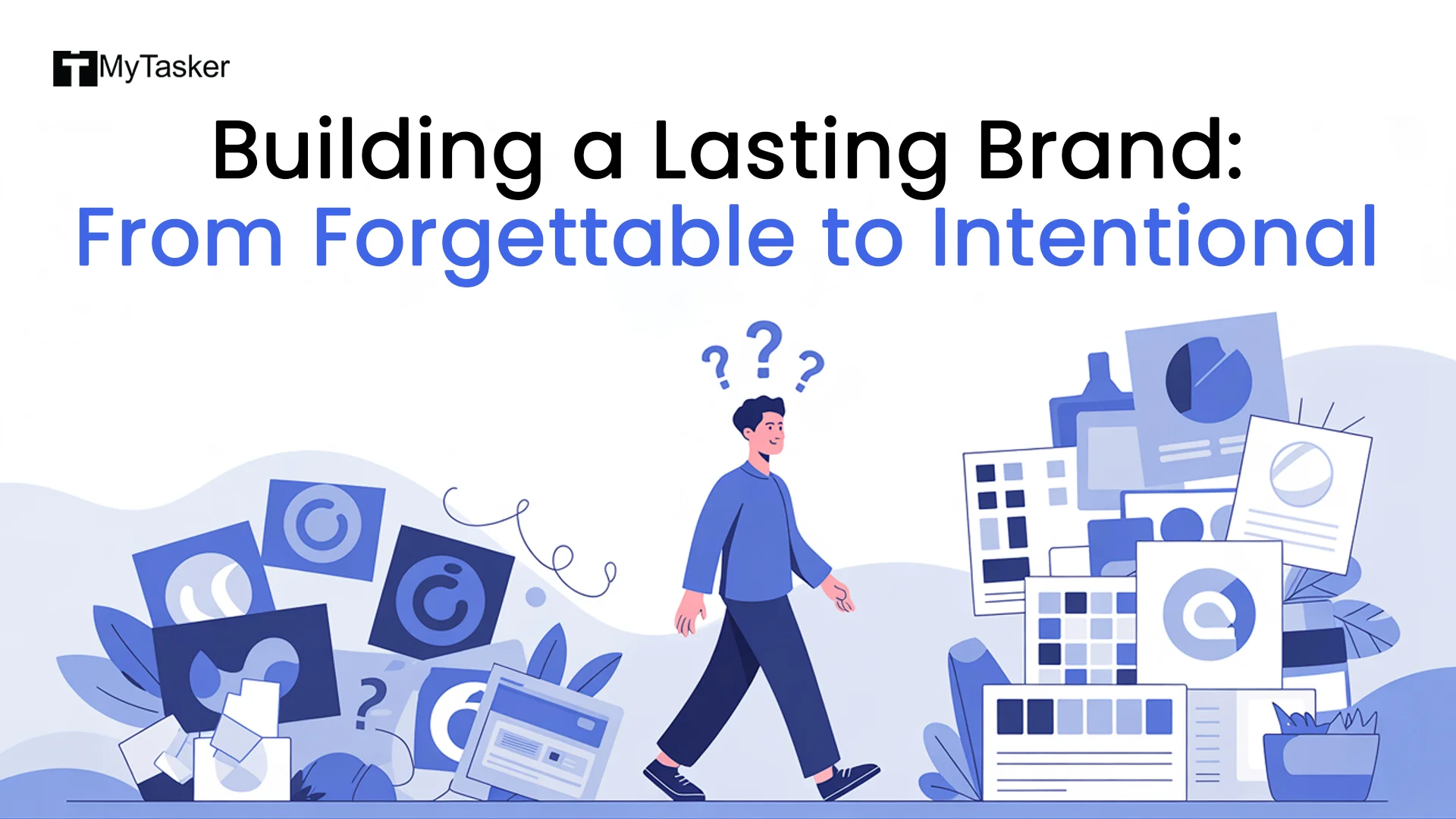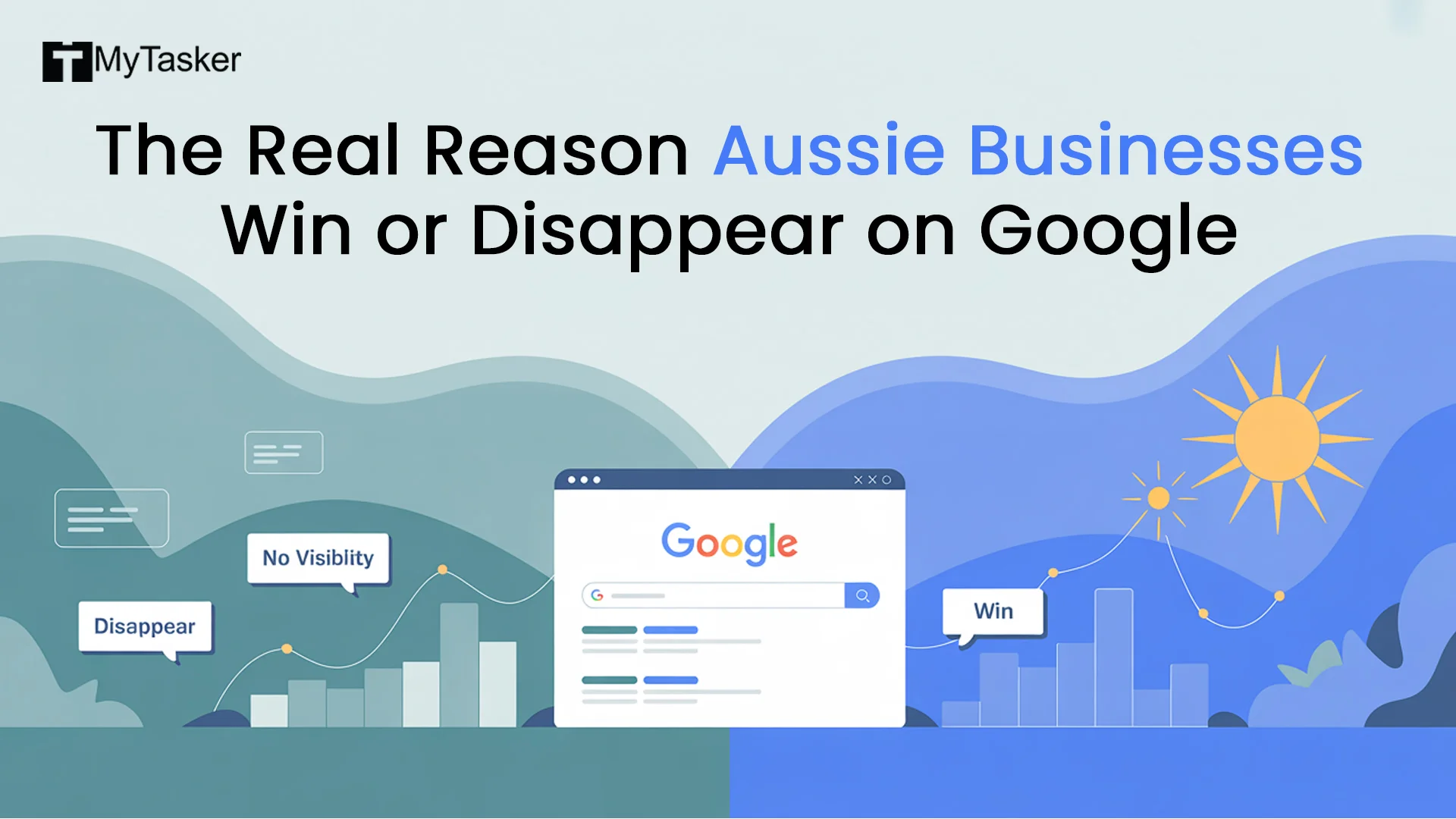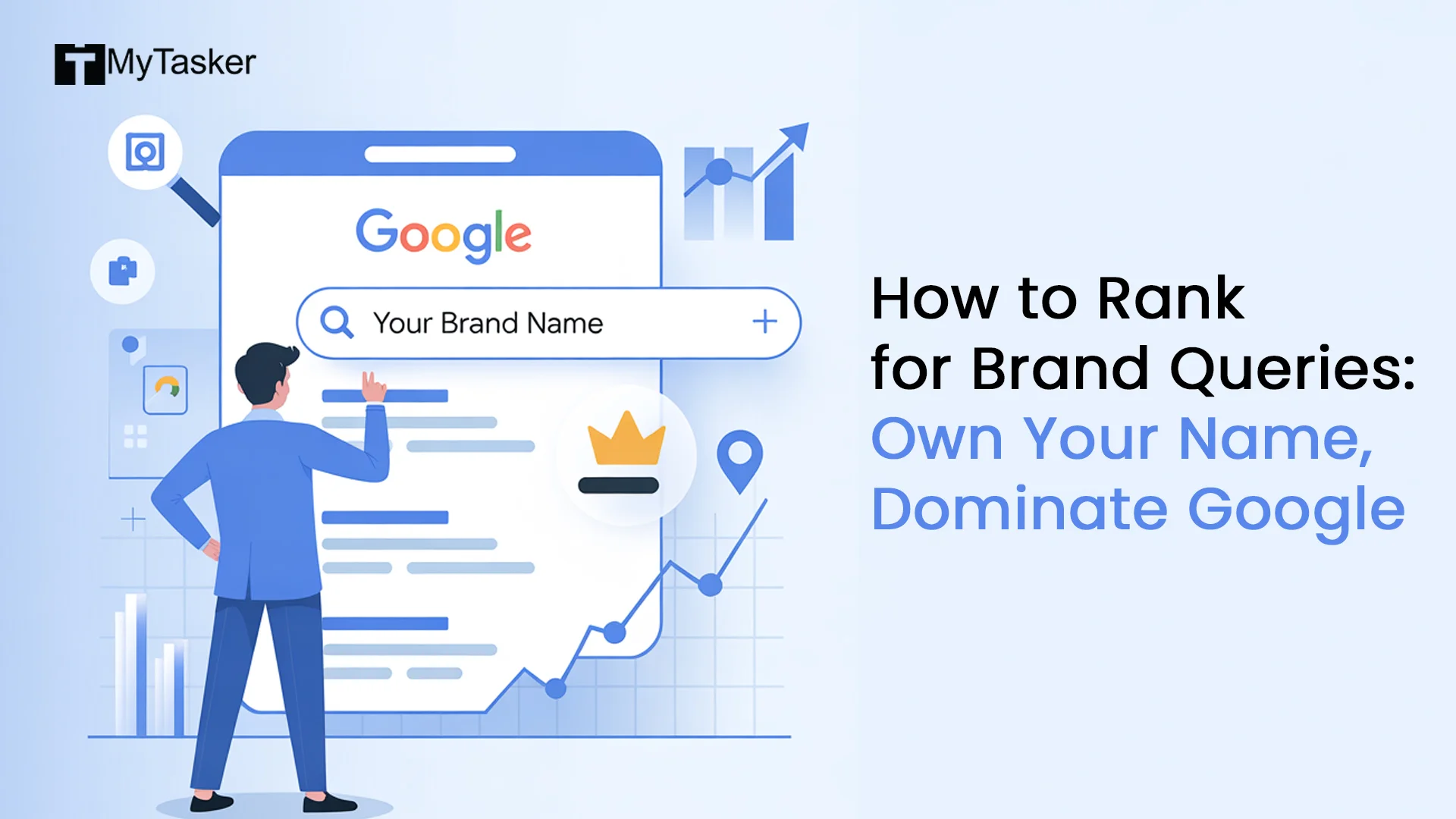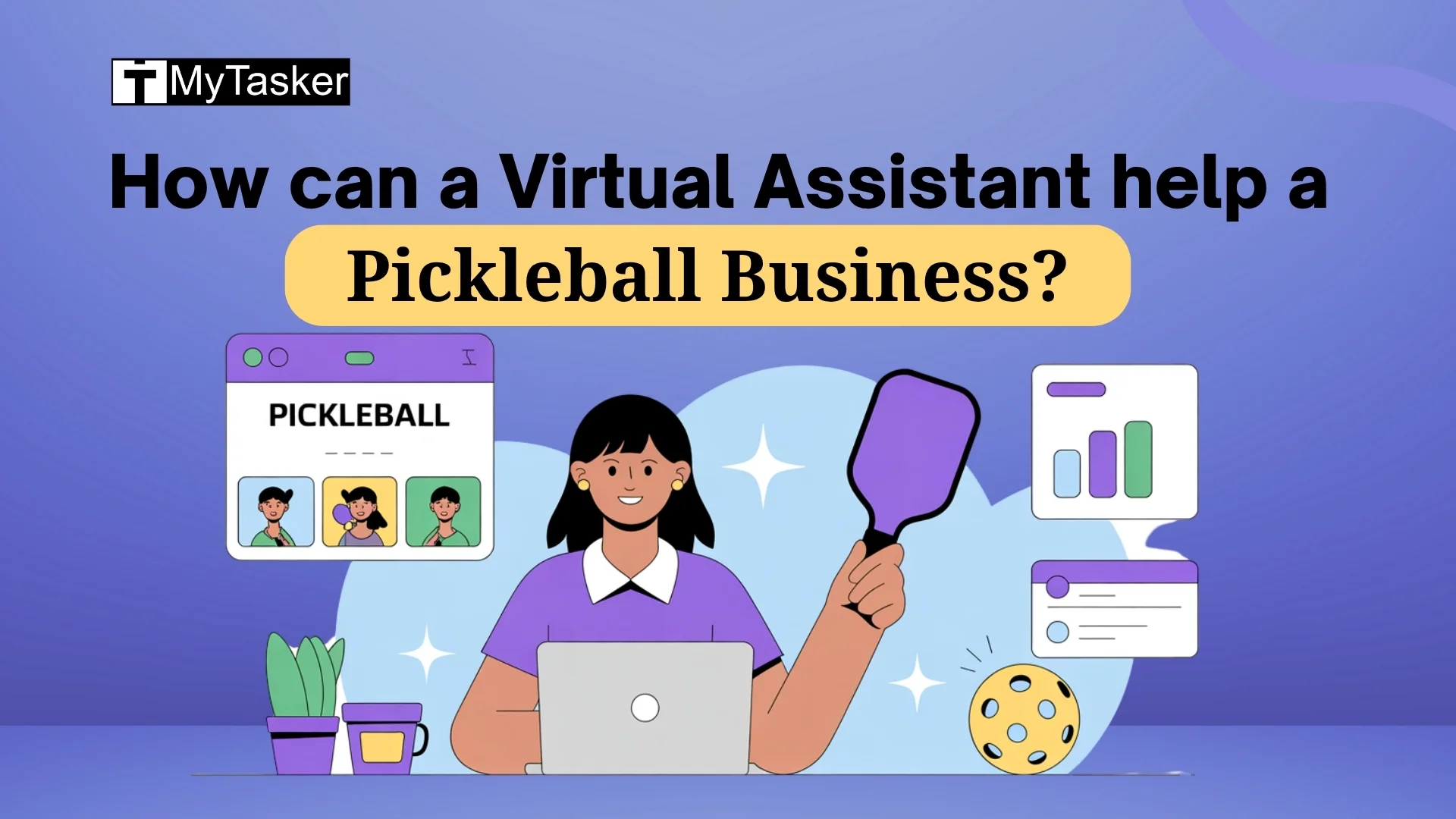Artificial intelligence has been sweeping us off of our feet since its inception. The technology has slowly seeped into image creation as well. AI-generated artwork is very popular nowadays. You will find them all over social media channels.
Google and other search engines have recognized that the greatest issue with AI-created images is - Copyright. In the US, There is no copyright protection when it comes to images generated by AI. A large number of users are trying to copyright AI-created images.
To efficiently deal with this issue, Google unveils a new tool for detecting AI images.
DeepMind is Google’s Artificial Intelligence company that works to build generative AI tools. They believe that great detection tools can easily spot AI-created images. Therefore, they released a tool called SythId in the public domain. The SynthID tool will watermark an AI-generated image. The watermark is not visible to the human eye but it will not miss the scrutiny of a dedicated AI detection tool.
Let us look deeper into:
- What is SythID?
- How it works?
- How will SynthId Affect Businesses and Digital Marketers?
- Future Prospects for The Google Image Authenticity Tool
- The Race of AI.
- Marketing Challenges
A Brief Introduction To SynthID
SynthID is a new AI detection tool introduced by Google on 29 August 2023 to identify AI-created images.
The tool adds imperceptible watermarks within the AI-generated image to tag them as “Synthetic”.
The central idea behind introducing this tool is to promote the responsible use of AI image verification technology. SynthID identifies computer-created artworks and photos with much ease.
Only a few Google Cloud customers can access this tool.
SythID can aid and simplify the AI detection process by adding a digital watermark. Whether you crop the image or modify the color palette on the image, the detection tool will still be able to detect the AI-created visuals.
Google is using the text-to-image model tool, Imagen image generator, and Google Cloud’s Vertex AI Platform to test SythID with select Google Cloud customers.
Functions and Features of SynthID
Normal watermarks are visible dominantly on images but SynthID’s watermark is sewn into the pixel information and data.
The tool combines two AI models that are trained at the same time. One of the AI models creates watermarks that are invisible to the human eye. Another model adeptly works to detect and identify AI-generated watermarks.
Adding the watermark does not compromise the picture’s visual quality and enables speedy detection. The tool also optimizes both models to implant watermarks that are in line with the original image content.
Heavily AI-edited images were evaluated by SynthID in the initial testing phase. Despite several edits, the tool completed the AI-generated image detection process. The tool checks the image on three levels that indicate an image imbibes a SynthID watermark.
Google does not claim that the tool stands true even in the case of heavy image manipulations. SynthID adopts a technical method to use AI-generated content with utmost responsibility.
The creators of SynthID are all set to widen the horizon of the tool to extend its detection abilities in audio, text, and video. It is expected to expand and evolve along with other useful tools.
Once the tool successfully passes its testing for select consumers, it will be used in other places. We can get more insights once the tool is working at full capacity.
How will SynthId Affect Businesses and Digital Marketers?
Even though the tool is fairly new in the market, it has already found several implications for large and small businesses as well as marketers.
The tool has aided the following facilities:
Increased Accountability
Watermarks in the image can help identify the AI system that created the image in the first place.
Heightened Possibilities
Marketers can use the tool to make well-informed decisions regarding the images they want to add to their campaigns. Attributing your images properly will help to build trust with your audience.
New Opportunities
Watermarking technology opens avenues for marketers and digital creators to create tons of AI-created imagery. It also makes the attribution process easier making the brand trustworthy to the public.
Marketing Challenges
There are ample AI detection needs in the marketing industry. Many Google Cloud consumers use these tools to create images to suit their ad copies. They feel the need to verify the original images. Usually, there is a core marketing team that develops these images’ blueprints.
The retail industry is facing a huge challenge as some retailers use AI tools to create descriptions for their massive catalog of products. They want to ensure that their real product images are not mingled with the generated images by AI that they might be using for brainstorming or other purposes.
Future Prospects for The Google Image Authenticity Tool
According to DeepMind's CEO, Demis Hassabis, the existing model will improve with time. Eventually, the watermark becomes more invisible to humans while it is easily detected by the AI tool.
As discussed earlier, the watermark is so intricately woven into the image pixels that it goes unnoticed. Currently, the company is shying away from revealing many details on its blog as the system is new. Limiting information releases helps to protect the system from hackers and nefarious entities.
The tool creators are wary of hackers and new types of attacks that may corrupt the system. They are trying to find an effective tool that safeguards a system against all kinds of unethical activity.
The makers of SynthID, an AI image analysis software, clarify that the tool is still in its beta testing phase. Moreover, it does not claim to detect and eliminate the “deepfake problem.” It can be the next big thing once the tool is successfully tested.
Google Cloud Chief, Thomas Kurian is very positively looking forward to SynthID integration into Slides and Docs. He believes people should know where their images come from.
Kurian further suggests that SynthID could be introduced as a Chrome Extension or added to the web browser so that it could verify and identify AI-generated images throughout the web.
There are broad areas to consider regarding this. This includes -
- Whether or not the tool should automatically flag anything and everything that comes under the radar.
- Should there be any prompt that displays AI-generated images only when users want some results?
- How should the result text appear?
Kurian discusses more about his views and plans regarding the tool. There should be ample user experience options. Users do not worry whether the slide images are created by humans or AI. However, there is a pressing need to ensure that there is no AI-related content in some industries such as health care. The power should be with people to learn the origins of any image.
Presently, all of this sounds like a plan as the system is still in its infancy. Even though the system is developed, controlled, and detected by Google, DeepMind is working with the entire internet in mind.
The Race of AI
Apart from Google, Several other companies such as OpenAI, Meta, etc. are trying to fortify their artificial intelligence systems by creating more secure safety barriers. Many renowned companies are using a protocol called C2PA. This protocol utilizes cryptographic metadata to mark AI-generated content. In fact, Google and other companies are trying to perfect the detection systems. There are going to be several versions before you can finally select a working model.
The frequent release of AI detection tools from various companies is akin to starting an arms race. Open AI has abandoned its AI text detection tool which was an extension of their ChatGPT chatbot. Achieving this is a dream and ambition for many companies.
Bottom Line
SynthId could prove to be an excellent tool for detecting AI-powered picture synthesis. The creators have big hopes and plans for the tool. Once the foundational structure has proved its mettle, it will be all set to express its palpable presence in a wide variety of things.
We at MyTasker, believe in providing in-depth solutions to all your digital marketing needs. We customize our solutions to fit the needs of your business. Our tailored services will lead you to become exceptionally successful.






